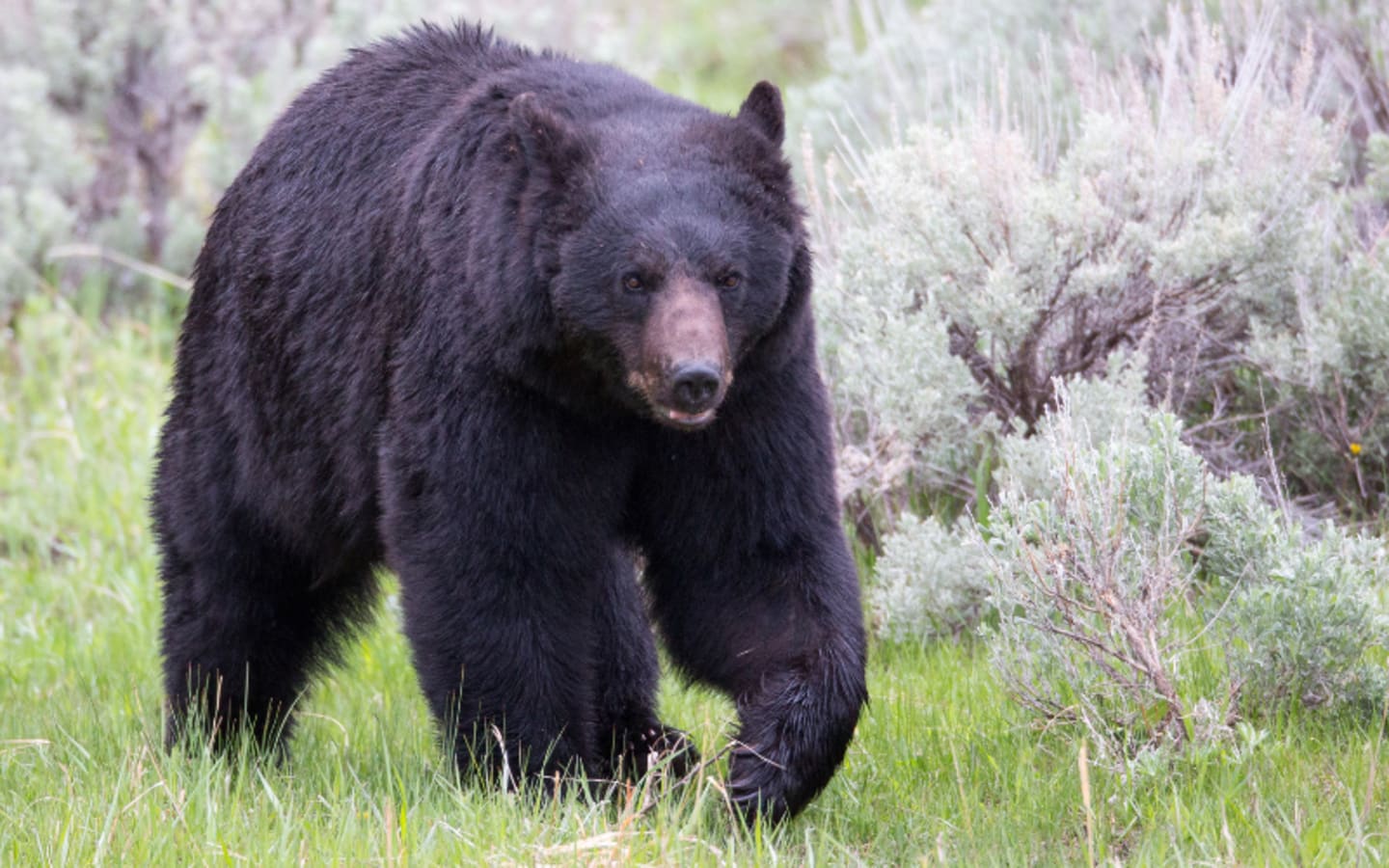In the wild stretches of Florida's backcountry, where dense forests meet sprawling suburbs, black bears are making a comeback—and not everyone is thrilled about it. For decades, these powerful animals have been reclaiming territory, wandering into neighborhoods, tipping over trash cans, and even posing real dangers to folks just trying to live their lives. Now, after a 10-year hiatus, the state's wildlife officials have greenlit a bear hunt set for this December, aiming to keep the population in check. It's a move that's got hunters gearing up with excitement, while critics cry foul over what they see as needless bloodshed.
The decision came down from the Florida Fish and Wildlife Conservation Commission in a unanimous vote, wrapping up months of heated debates. Back in 2015, the last hunt turned chaotic—shut down after just two days when hunters bagged over 300 bears, way more than expected, including some mothers with cubs that likely left orphans behind. This time around, the rules are tighter, the season longer at 23 days from December 6 to 28, and the focus is on science-driven management. With an estimated 4,000 bears roaming the state—up 50% since the early 2000s and expanding their range from 17% to over half of Florida's land—officials say it's time to step in before conflicts escalate.
Take the tragic case from earlier this year: an 89-year-old man in rural Collier County lost his life to a bear attack, along with his dog. Reports say the animal even pushed into his home. Stories like that aren't isolated anymore. County leaders from places like Franklin have spoken up about bears showing up on porches, rummaging through schoolyards, and scaring families in playgrounds. "The encounters are getting more frequent and serious," one local commissioner put it during the hearings. For many residents, especially those in rural areas or on the edges of growing towns, bears have shifted from rare sightings to everyday nuisances—or worse, threats.
On the flip side, opponents packed the commission meetings with signs and stories, arguing that the real problem isn't the bears but Florida's breakneck development. Roads slicing through habitats, subdivisions swallowing forests—it's pushing wildlife into human spaces. "We're the ones invading their turf," one ranch owner from Suwannee County said, pointing out that not all hunters back the plan either. Environmental groups like the Sierra Club's Florida chapter call it cruel and politically motivated, not backed by true need. They've even sued over how bears were removed from the threatened species list back in 2012, claiming the state ignored future habitat threats from sprawl and deforestation.
Still, supporters, including law enforcement and wildlife biologists, insist this is about balance. The bear numbers are stable or climbing in key areas, and a controlled hunt could prevent overpopulation issues down the road. One advocate, a seasoned outdoorsman, summed it up: "This is good for the bears, their habitat, and the people sharing the space. It's science, not sport." He recalled pushing for better bear management years ago, never expecting to see progress like this.
Diving into the details, the hunt is confined to four specific zones within the state's seven Bear Management Units, targeting spots with the densest populations. That's 31 counties total, broken down like this:
The East Panhandle zone gets 68 permits, covering swaths of Bay, Washington, Jackson, Calhoun, Gulf, Franklin, Liberty, Gadsden, Leon, Wakulla, and Jefferson counties. It's hemmed in by Interstate 10 to the north, the Aucilla River on the east, the Gulf to the south, and State Road 79 westward.
Up in the North zone, 46 permits are up for grabs, including parts of Hamilton, Suwannee, Columbia, Union, and Baker counties, plus the Osceola Wildlife Management Area. Boundaries run from the Georgia line north, State Road 121 east, County Road 18 and State Road 121 south, and Interstate 75 west.
The Central zone offers just 18 permits, spanning Sumter, Marion, Alachua, Bradford, Clay, Putnam, Lake, Orange, Seminole, Volusia, Flagler, and St. Johns counties, with Ocala Wildlife Management Area in the mix. It's bordered by State Road 16 north, Interstate 95 east, the St. Johns River and Interstate 4 south, and a combo of the Florida Turnpike, Interstate 75, and U.S. Highway 301 west.
Finally, the South zone has 55 permits, focusing on Lee, Hendry, and Collier counties—but skipping Big Cypress. North boundary is the Lee and Hendry lines, east and south along Hendry and Collier edges, west by Collier's line and Interstate 75.
Getting in on the action means entering a lottery. Anyone 18 or older by October 1 can apply, as long as they've followed any past bear permit rules on tagging and reporting. Entries cost $5 each, and there's no cap—you can buy as many as you want to boost your odds. But win multiple times? You still only get one permit, and it's non-transferable. If you're picked, Florida residents pay $100 for the actual permit, out-of-staters fork over $300, and no more than 10% go to non-residents.
Once you've got that permit, you're limited to one bear in your assigned zone. No taking cubs or mothers with cubs—that's strictly off-limits. Hunting parties are small: just you and one guest, who needs their own licenses unless exempt. You share the bag limit, and any screw-ups fall on the permit holder. Methods mirror deer hunting—archery, muzzleloaders, or regular guns. Baiting's allowed, but only on private land, a change from the no-bait rule in 2015. No dogs for the first two years, though; that kicks in come 2027, when dog-using hunters can bring up to nine guests.
For bigger landowners with at least 5,000 acres, there's a special program. They can snag permits by submitting a habitat management plan from a biologist and committing to conservation efforts. It's a nod to private property rights and encouraging stewardship.
Looking ahead, the commission plans to tweak things based on ongoing studies—tracking population trends, female bear deaths, and hunt success rates. The goal is an annual season between October and December, but only if the data supports it. In later years, dog packs of up to six could join the fray, adding a traditional element some hunters swear by.
Critics aren't backing down. Groups like Bear Warriors United are still fighting in court, and some vow to flood the lottery with entries just to snag permits and let them go unused. But for those who see bears as part of Florida's wild heritage, this hunt represents a step toward responsible coexistence. It's not about trophies for everyone involved; it's about ensuring these animals thrive without overwhelming the human landscape.
As December approaches, the woods will echo with the sounds of careful footsteps and measured shots. For hunters, it's a chance to connect with nature's raw side. For residents tired of bear break-ins, it's relief on the horizon. And for the bears? Time will tell if this cull keeps their numbers sustainable or sparks more backlash. One thing's clear: in a state where wilderness and civilization collide daily, managing wildlife like this is no simple task.





